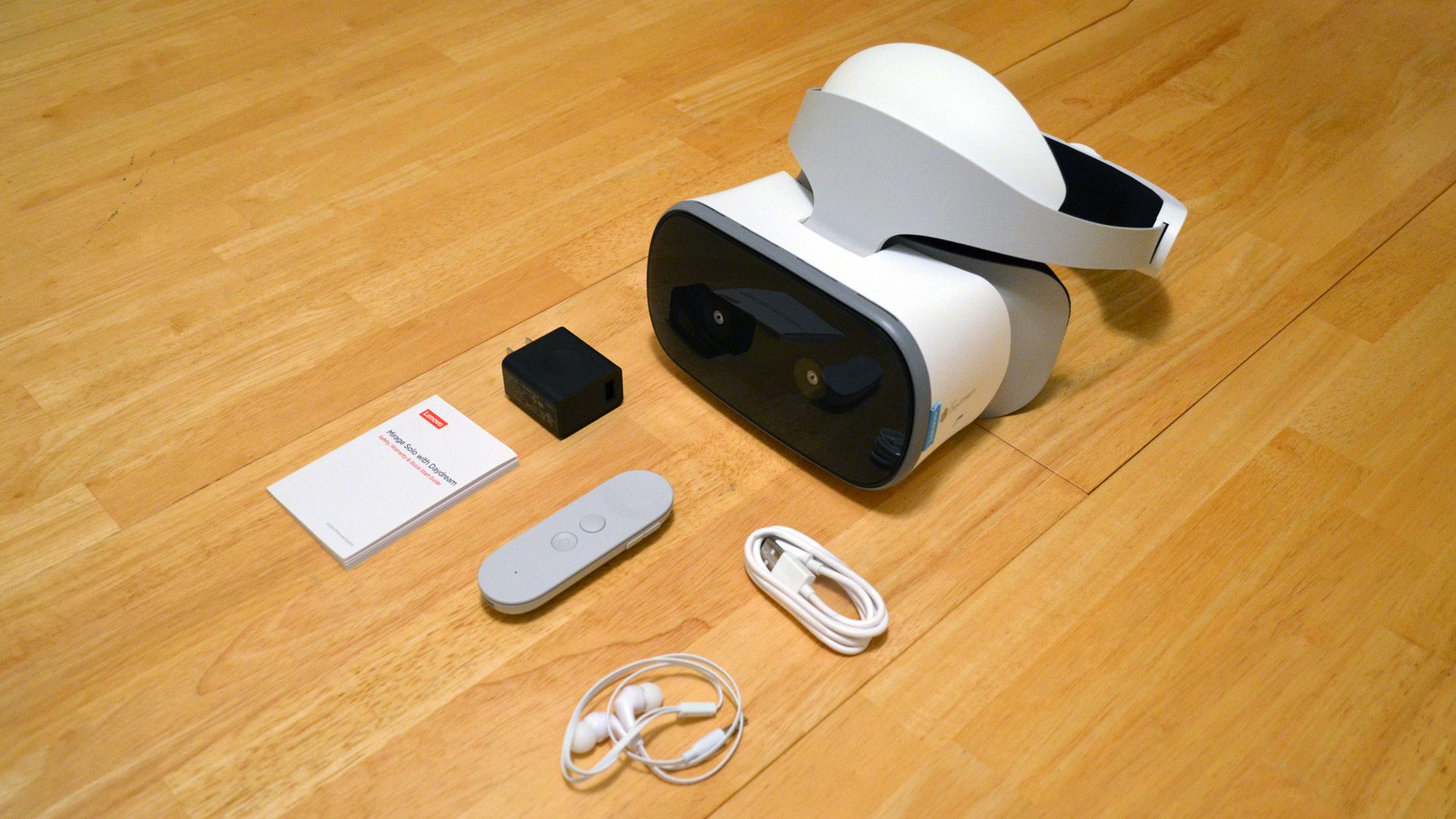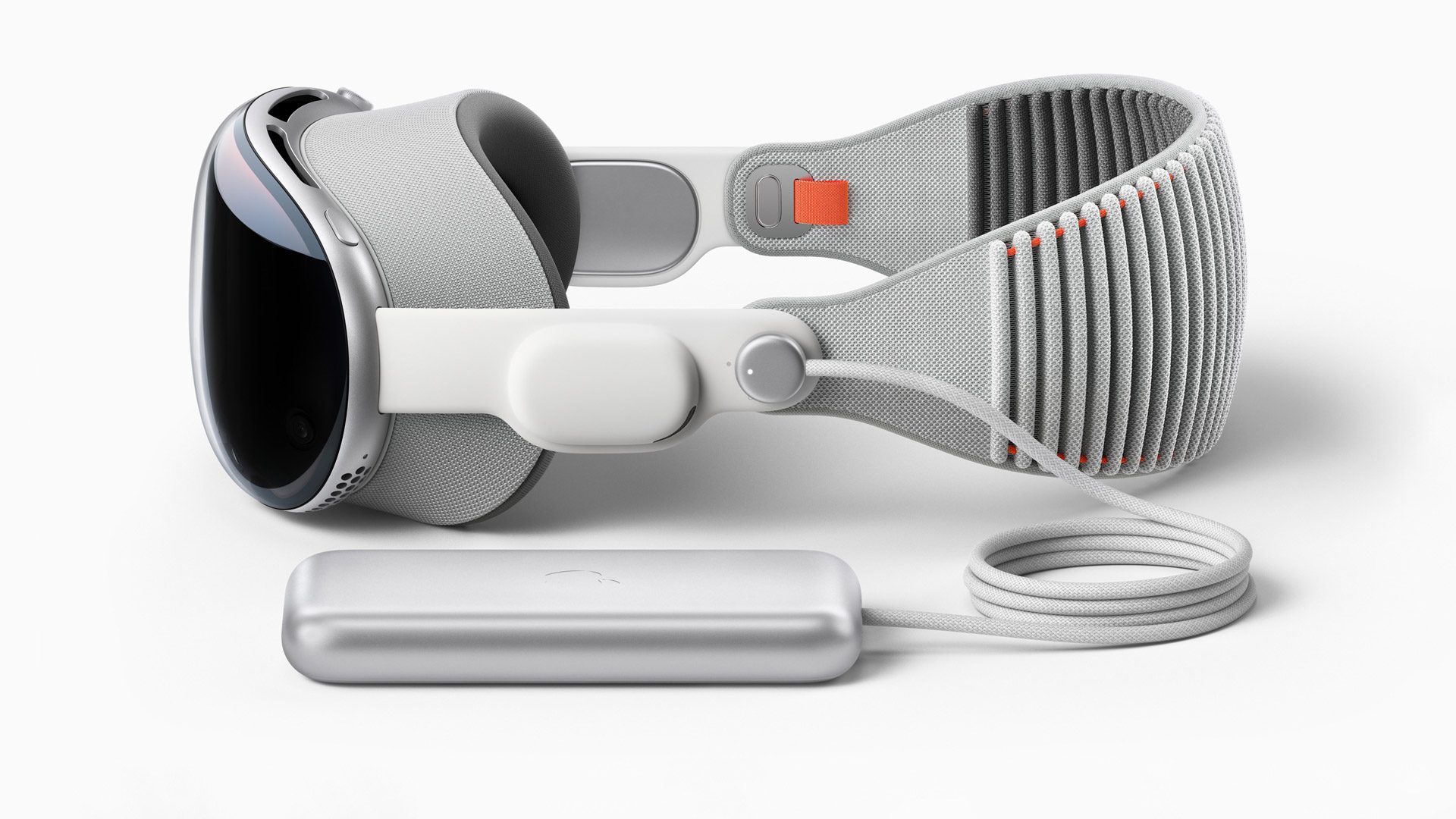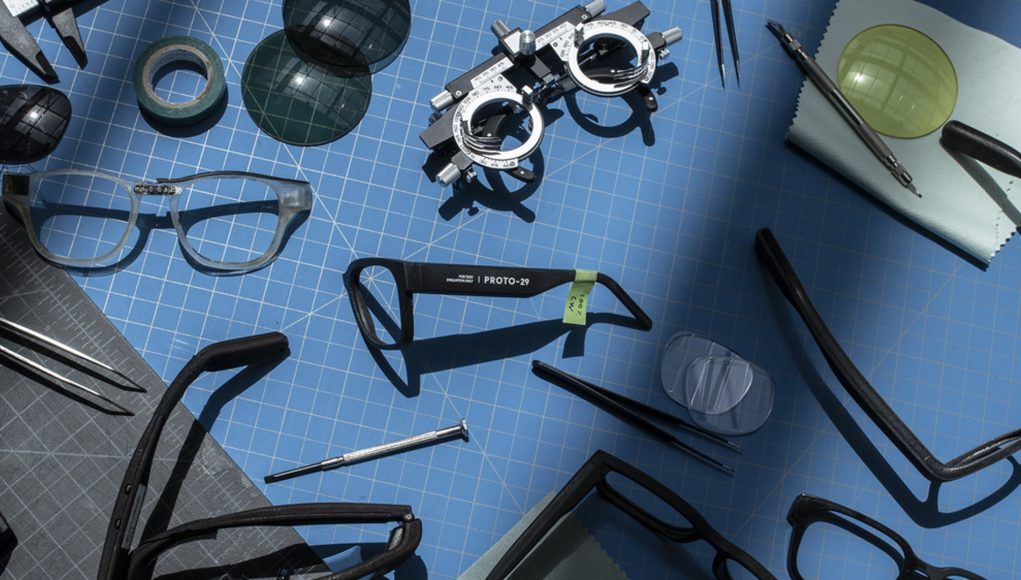Google has reportedly shelved a multi-year project that sought to commercialize an AR headset, known as Project Iris. Provided the report is true, it appears Google will now need to rely on Samsung to compete with Meta and Apple in XR.
According to Business Insider, Google shut down Project Iris earlier this year following mass restructuring, which included layoffs, reshuffles, and the departure of Clay Bavor, Google’s head of AR and VR. The report, which hasn’t been substantiated by Google, cites “three people familiar with the matter.”
According to a report from The Verge earlier this year that first mentioned Project Iris, around 300 people were purportedly working on the headset, which was said to expand by “hundreds more” as production ramped up.
At the time, the prototype was said to be a standalone, ski goggle-like headset providing onboard power, computing, and outward-facing cameras for world sensing capabilities—similar in description and function to headsets like HoloLens or Magic Leap. Project Iris was said to ship as early as 2024.
Two unnamed Google employees told Business Insider the company could actually resurrect Project Iris at some point, as teams experimenting with AR tech haven’t been completely disbanded. Still, it seems its Samsung XR headset partnership and AR software development has become the main focus.
Samsung Future, Daydream Past
With its own in-house hardware allegedly no longer in the picture, moving forward Google is set to focus on the software side of AR, which also includes an Android XR platform it could license to OEM partners. Google is now developing such a platform for Samsung’s upcoming XR headset announced in February, as well as an alleged “micro XR” platform for XR glasses, which is said to use a prototyping platform known internally as “Betty.”
Google is pretty well known for shelving projects all the time for a variety of reasons, so it’s not a big surprise that an expensive hardware project is getting iced during an economic downturn. It’s also possible the company saw the writing on the wall from its earlier VR hardware projects, which were early to the competition, but not persistent enough to stick around.
In 2016, the company’s Daydream VR platform was positioned to compete with Meta’s (then Facebook’s) own mobile VR offering, Samsung Gear VR. Headed by Bavor, the company looked to replicate Samsung/Meta’s strategy of certifying smartphones to work with a dedicated Daydream View headset shell and controller. Google certified a wide swath of smartphones to work on Daydream, including Pixel, LG, Asus, Huawei, and even a number of Gear VR-compatible Samsung phones.
And Google’s ambitions were, let’s say, very big. At its I/O 2016 unveiling, senior product manager Brahim Elbouchikhi said on stage that Google intended to capture “hundreds of millions of users using Daydream devices.” No modern VR headset platform has reached that number of users even today, with Meta likely leading with the sale of nearly 20 million Quest headsets between 2019 and early 2023.

Despite big ambitions to own the space early on, Gear VR became the clear winner in the nascent mobile VR market. Undeterred, Google broadened its horizons in 2017 to open its Daydream platform to one of the first truly standalone VR headsets—or rather a single standalone headset—the Lenovo Mirage Solo standalone, which awkwardly mashed up 6DOF positional tracking with a single 3DOF controller. Lenovo Mirage Solo was a real head-scratcher, as its room-scale content was hobbled by a single remote-style controller, which critically wasn’t tracked in 3D space.
In the end, Google shuttered the entire Daydream platform in 2019 because it couldn’t attract enough developer support. On the outside, that makes it seem like Google lost the VR race entirely, but a majority of standalone headsets on the market today run on top of a modified version of Android. Granted, that standalone VR content revenue isn’t flowing into Google’s coffers since it doesn’t control the individual storefronts like it might with a VR version of Google Play.
But that could change with its new Samsung/Qualcomm partnership, representing a fresh opportunity for Google to finally stake a claim in the mounting mixed reality (MR) race.
MR Headsets Walk, AR Headsets Run
MR headsets are virtual reality headsets that use color passthrough cameras to offer up an augmented reality view, letting you do VR things like play games in a fully immersive environment in addition to using passthrough to shoot zombies in your living room, or watch a giant virtual TV in your real-life bathroom (for optimal user comfort).
It’s still early days for MR headsets. While devices like Meta Quest Pro ($1,000) and Apple’s recently unveiled Vision Pro ($3,500) are likely to appeal to prosumers and enterprise due to their high price points, there’s a mounting battle for consumer eyeballs too. Provided that still-under-wraps Samsung XR headset can land at a digestible price for consumers, its brand name cache and patented global reach may serve up strong competition to Meta’s upcoming Quest 3 MR headset, due in September at $500.

Price speculation aside, the companies that launch MR headsets today will be better positioned to launch all-day AR headsets in the future. Platform holders like Meta are using their MR headsets today as test beds to see what AR content consumers find most compelling. Apple will be doing just that when it launches Vision Pro in 2024 at arguably an even deeper level, as the Cupertino tech giant seems to be deemphasizing VR stuff entirely.
Whatever the case, Google’s decision to reportedly shelve Project Iris means it’ll be more reliant on OEMs in the near term, and its first volley with that Android-supported Samsung XR headset will reveal the size of its ambitions. It’s a strategy that could work out in its favor as it critically gauges when, if ever to resurrect its own Google-built AR glasses. With Apple and Meta both staking serious claims though, it needs to solidify that strategy sooner rather than later.







